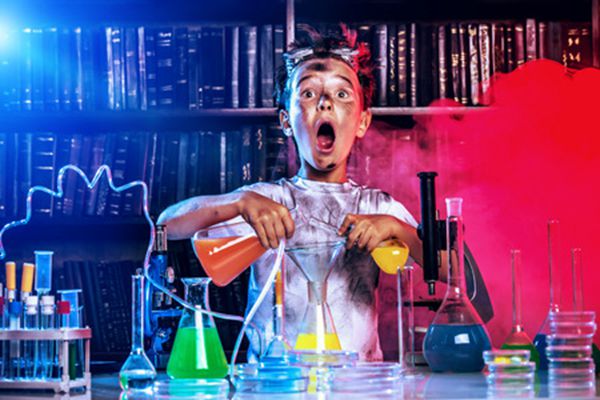Practical Life
Practical life activities include skills for everyday living that develop a child’s muscular control, which consolidates and develops coordination of movements. Through tasks such as pouring, polishing, preparing food, tying shoes, arranging flowers, sewing buttons as well as in cleaning up and putting away each exercise, children develop coordination, concentration and good work habits. The child's self-confidence and independence increase with each accomplishment.
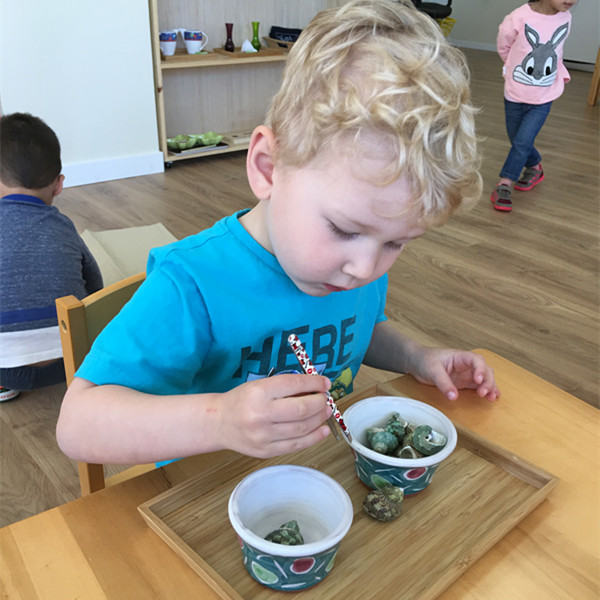
Sensorial
The sensorial materials are used to help children develop and refine their five senses, allowing the child to experience the material in this area in a sensory manner. The mediation of specially designed materials help children explore the world by listening, seeing, touching, smelling, tasting, and exploring the physical properties of their environment.
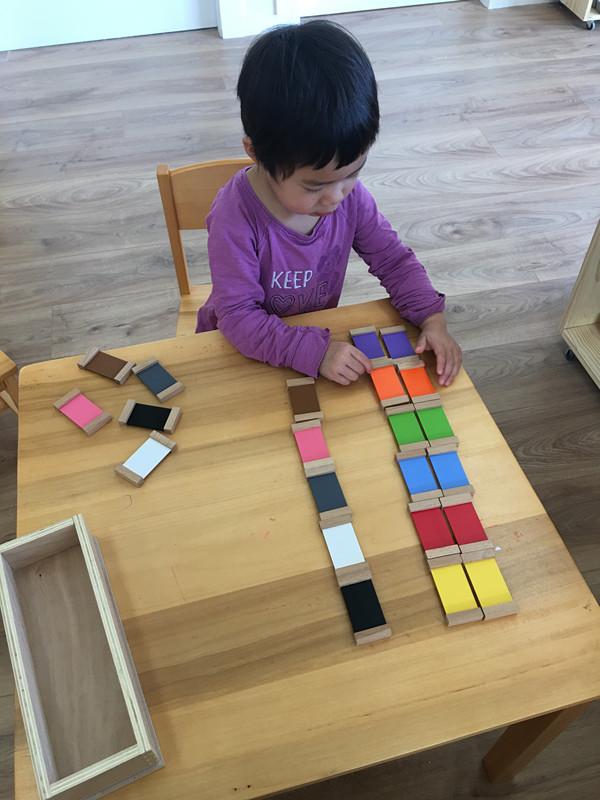
In this area, children will be introduced to speaking, writing and reading. Children are exposed to spoken language in a vocabulary enriched environment by playing sound games, reading stories and poems. Writing then will be introduced through activities such as the sandpaper letters and the moveable alphabet. Following writing, eventually, children will master decoding and encoding, reading and language comprehension.

Mathematics
This area offers an exciting and concrete experience of number concepts and operations. The child acquires a deep understanding of how numbers function and as she/he learns concrete mathematical concepts, the materials lead her/him to the abstract. Because of the concrete nature of the materials the child is able to work with basic concepts of addition, subtraction, multiplication, division, decimal system, fractions and more.
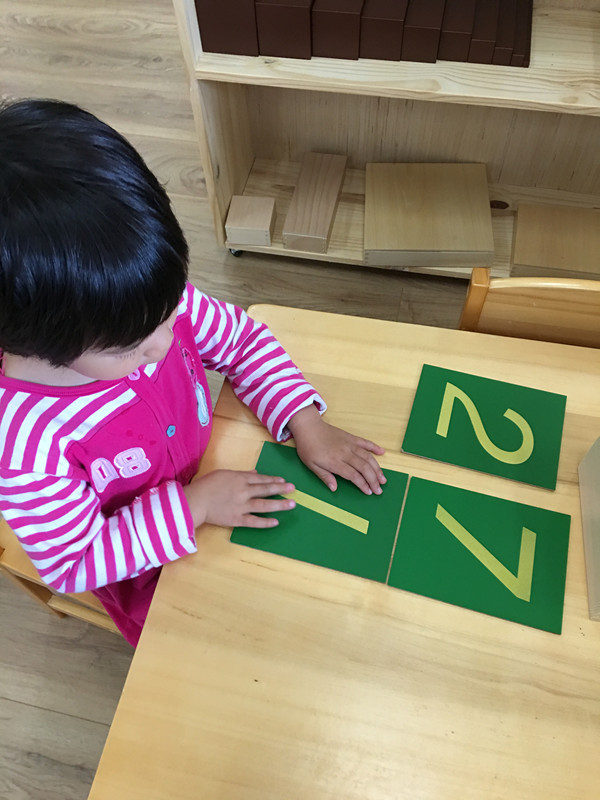
Culture:
- Geography
Children are introduced to the globe and learn about the continents of the world through puzzle maps, leading to introduction of names of individual countries. We also have discussions about animals from different continents and their habitats. Different cultural holidays are also discussed and celebrated in the classroom. This exposes children to different traditions, costumes and foods of other countries.
- Biology
Through circle time, small group and individual lessons children are introduced to the animal kingdom. We also introduce children to the life cycle of plants, fruits and vegetables during different seasons. Nature walks around the neighbourhood provide an opportunity for discussion of seasonal changes in our environment.

Music Art, and Movement:
- Music:
Music is significant for the brain development of young children.. It has been demonstrated through several studies that music instruction, along with group singing at the pre-school level, has improved the kind of intelligence needed for high level math and science.
Our music program includes singing rhymes, songs from around the world, dancing and movement, exposure to different instruments and composers.
- Art:
We believe that all children are natural artists, and have an artistic voice. By experimenting with materials tools and techniques children learn to think creatively and take risks with ideas and materials.
BBLA integrates art into studies and children’s art work is exhibited throughout the school to celebrate creativity.
- Yoga:
Current medical and scientific research on benefits of Yoga show numerous health-giving qualities for both body and mind. In order to teach children how to relax and become grounded, we offer yoga in our program. The Montessori philosophy goes hand in hand with the philosophy of yoga. Yoga helps to improve children’s concentration and focus, stimulates the imagination and helps children release their energy in a positive and peaceful manner.
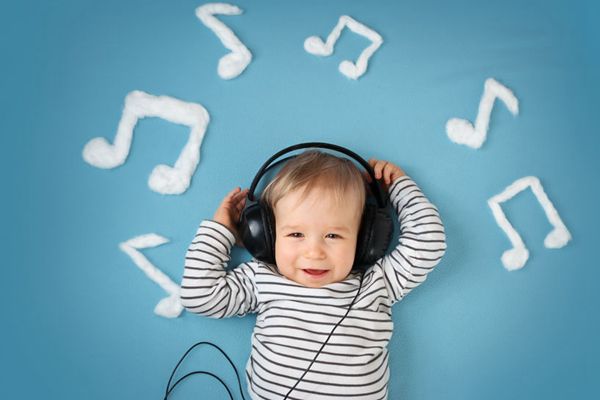
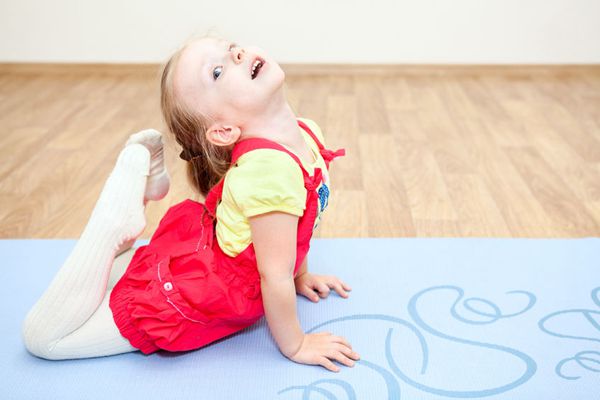
Multi-Language
Mandarin and French: immersion preschool is a great option for English speaking families who want to give their children the gift of multi-languages. According to Dr. Montessori, children from 0 to 6 years old are in a sensitive period for language. We believe that in a world of increasing globalization, children exposed to a second or more language as early as possible in life will have enhanced skills to thrive in a multi cultural world.
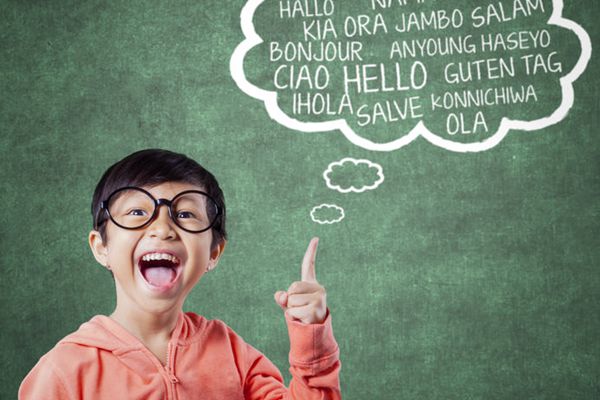
Science
Children are constantly engaged in research and experimentation, testing hypotheses, exploring properties, making important discoveries and learning how things work. Through our science curriculum, teachers carefully plan experiences that not only develop scientific skills but also nurture children’s natural curiosity. We use children’s natural inclination to ask questions about nature and their environment and weave these questions and answers into our curriculum:
- Opportunities to observe and explore nature
- Simple science experiences
- Predicting daily weather
- Using documenting observations through pictures and charts
- Problem solving with the guidance of teacher prompts
- Exploring maps, magazines, and other resources
- Regular outdoor walks that focus on nature discover and the environment
